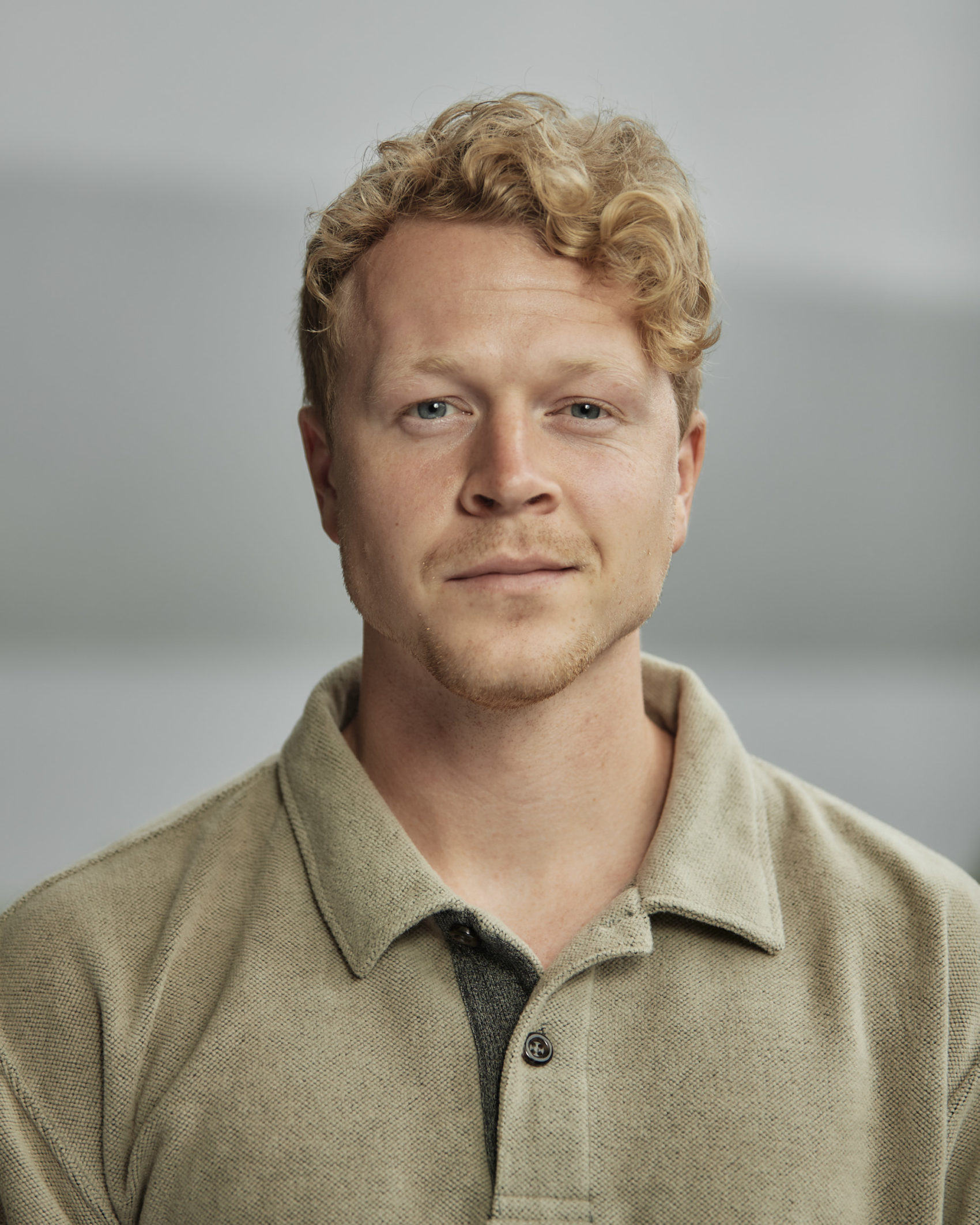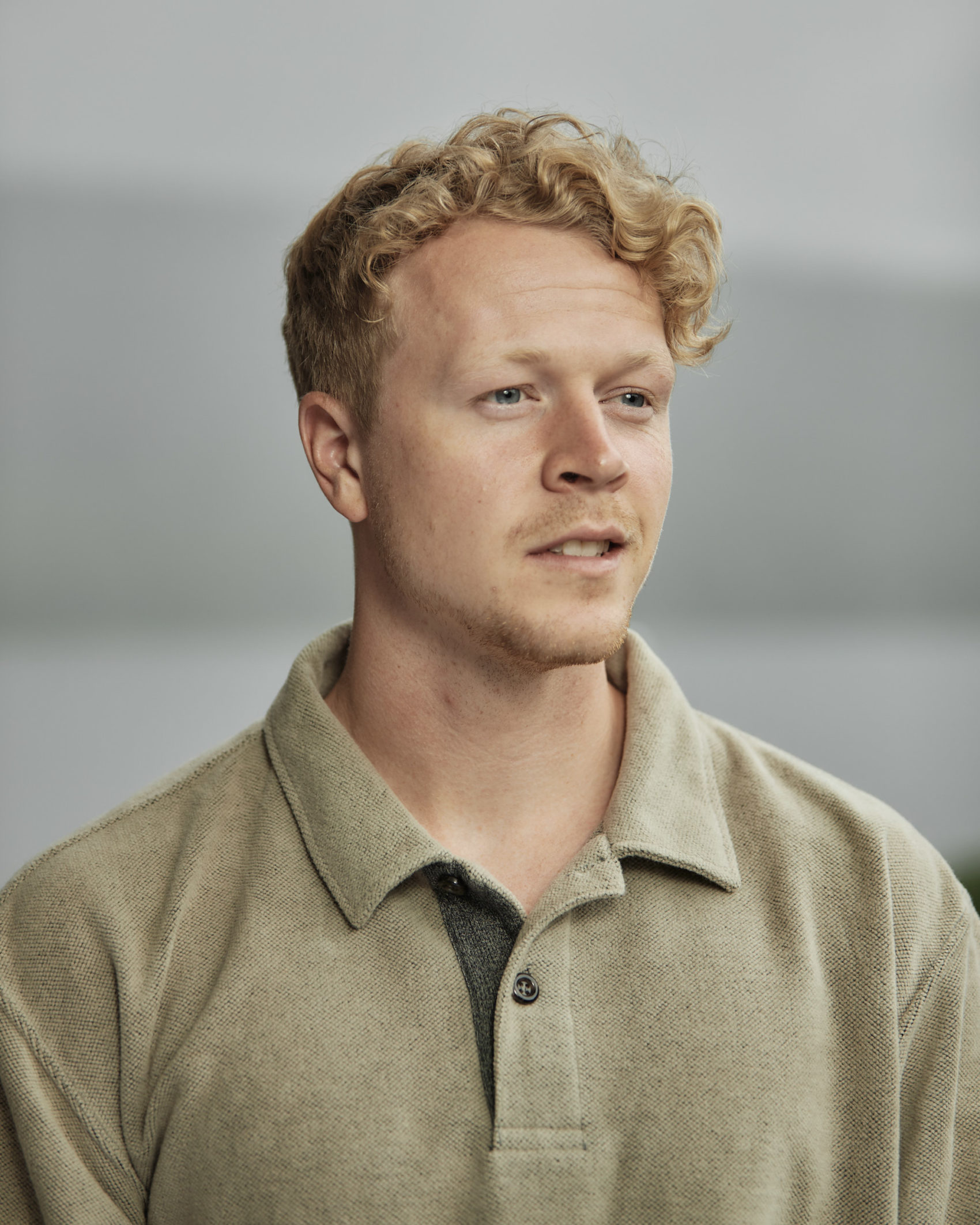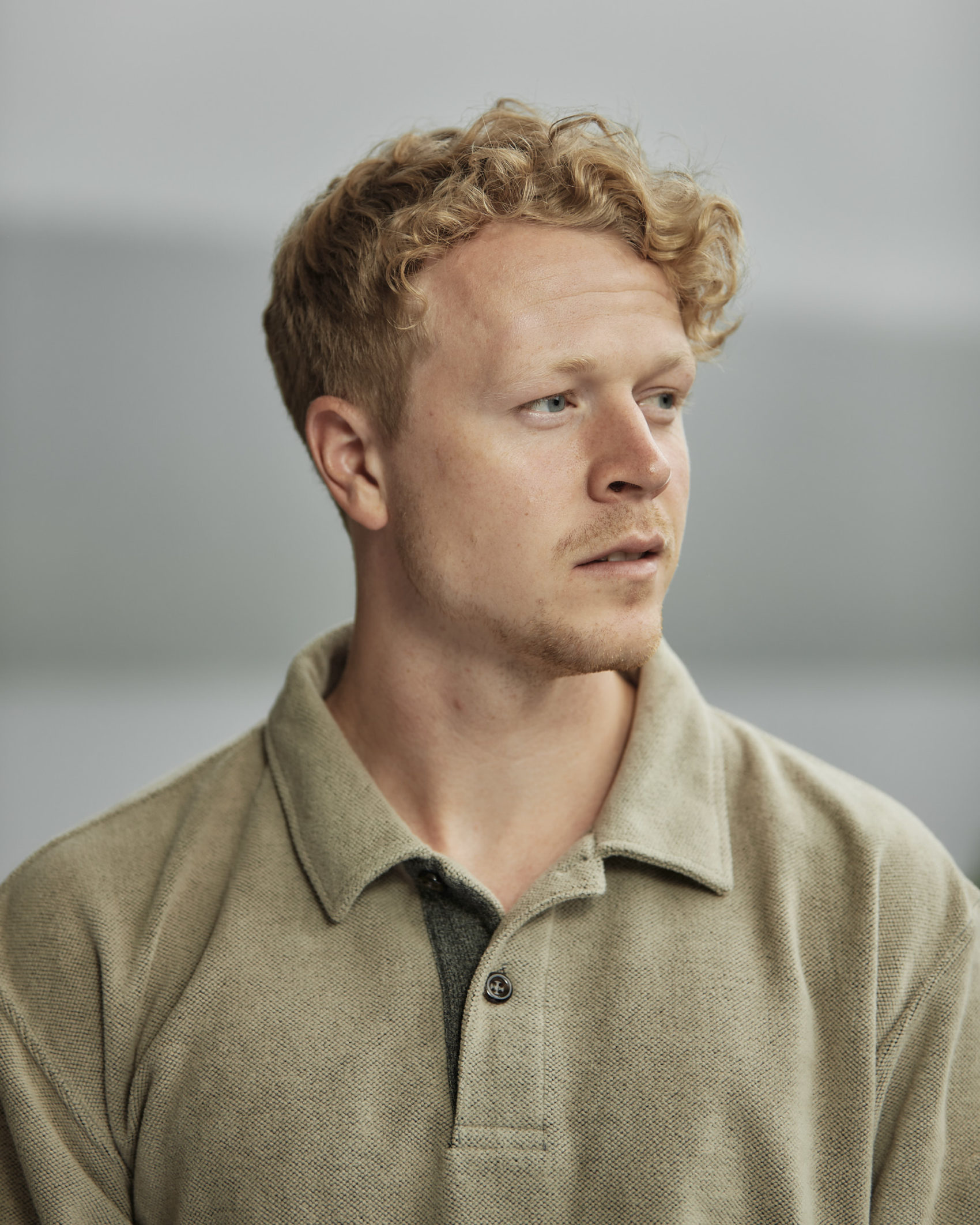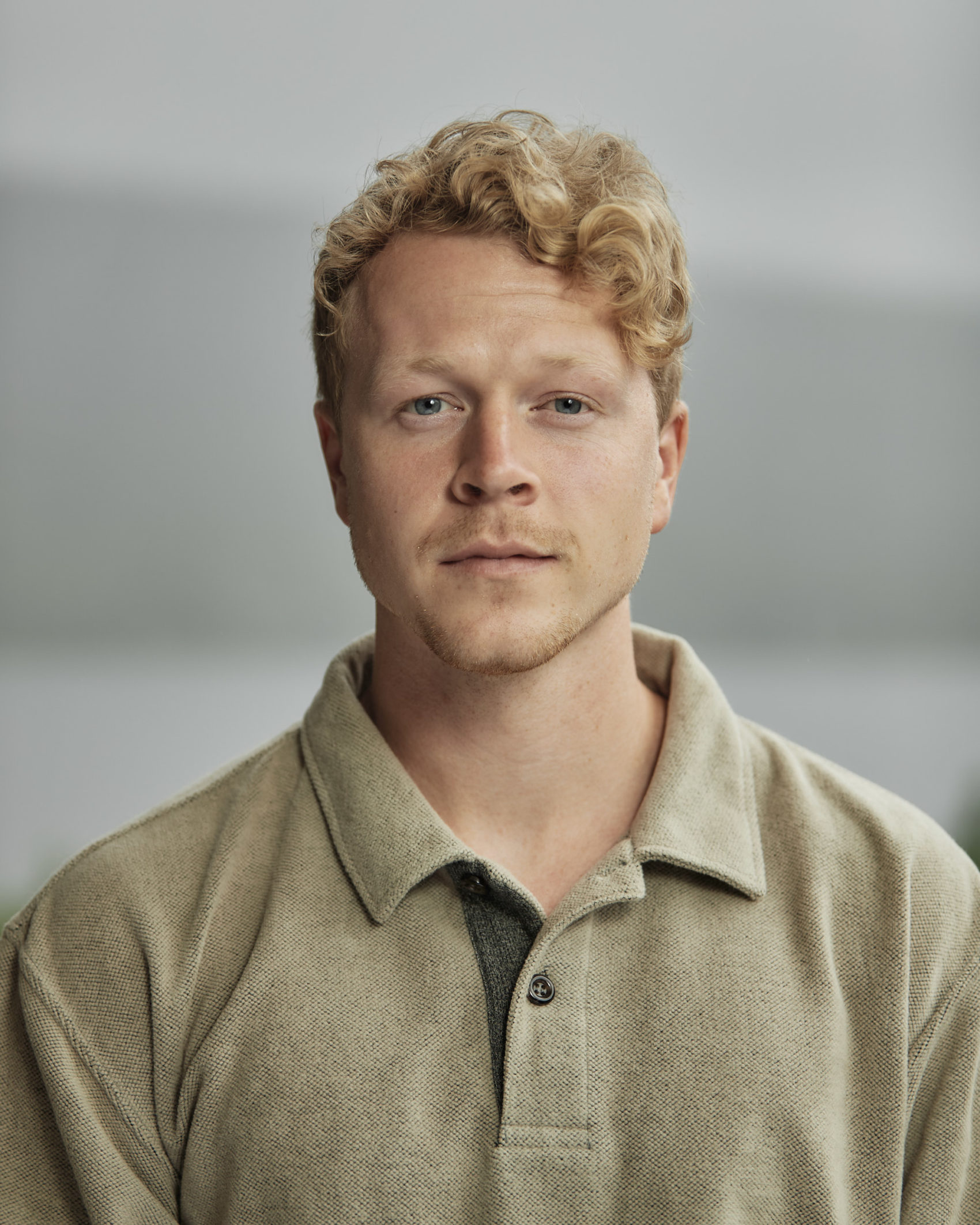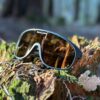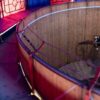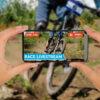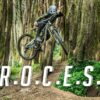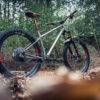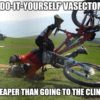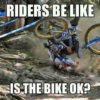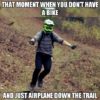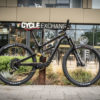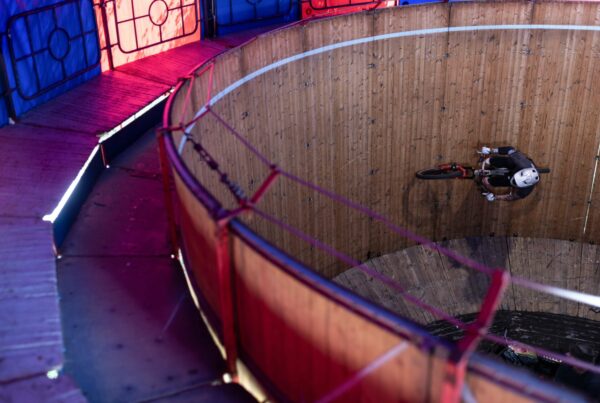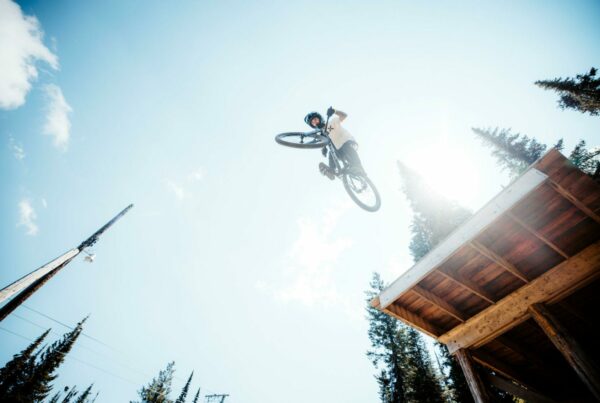An Interview with Anton Thelander – Åre 2021
In this article Chris Lanaway interviews Anton Thelander, a freeride MTB athlete and Falun alumni.
Sweden is fast becoming known as a hotbed for producing some of the world’s best Slopestyle and freeriders, it’s of little surprise with its dedicated MTB college based in Falun. Whilst in Åre for northern Europes biggest MTB festival, Åre Bike Festival. We managed to catch some time with one Falun Alumni, Anton Thelander who made a name for himself competing on the FMB world tour circuit and also had a Red Bull Rampage appearance. We hear more about his time traveling the work on the FMB World Tour, his retirement from competition and time away from the bike, Falun’s MTB college, injuries, and the future of slopestyle in the age of social media.
Introduce yourself, who are you?
My name is Anton Thelander from Uppsala in Sweden and I ride mountain bikes!
Where are you currently and what have you been working on?
It’s been tricky this year with the pandemic, it’s super hard to plan stuff and so I’ve mainly been home in Uppsala. I don’t think I’ve been home for this long in my whole entire life! I’ve mainly been riding around local spots close by, doing a bit of everything. Trail riding, dirt jumps, pumptracks, and stuff like that so not too busy. Things seem to be opening up now though and summer is here so starting to get busy again with projects.
Currently, we’re in Åre for the Åre Bike Festival, tells us why you’re here and what you have been up to and what is “The A-Team”?
Yeah so currently we’re up here Åre for the annual bike festival and I’m doing the video challenge again. This year I’m with two Åre locals, Anton and Anton so we are the “A-Team” which is pretty cool. We’ve had an awesome week because normally it’s like it is now, cold and raining all the time. The last 5 days have been proper summer here so we’ve been lucky with the weather and had an amazing time filming.
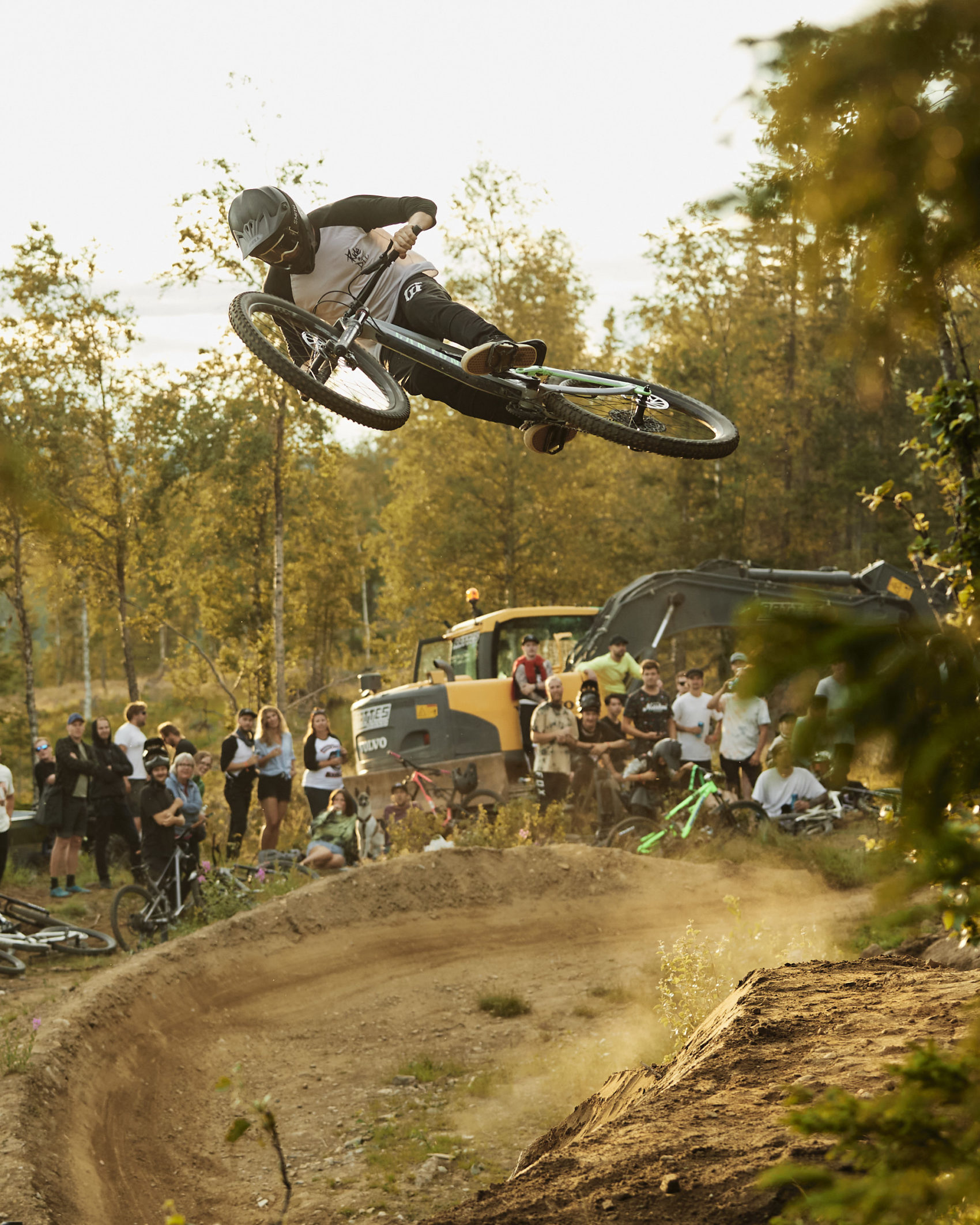
You had a prominent career as a Slopestyle rider, you were a regular on the FMB World Tour and even had a Rampage appearance in 2013. Tell us a bit more about that time, how does it compare to now with your change of direction?
Even since I started riding it was all about dirt jumping and Slopestyle, it was only just for fun but I started competing and soon realised I could make a career out of it. I got onto a few FMB world tour events and manage to then qualify onto some bigger events on the world tour and Crankworx. I think 2013 was my best season and that year Rampage was part of the FMB World Tour so if you were ranked in the top 10 or something you qualified for Rampage.
It was a huge amount of traveling! Throughout the whole summer I was only home for a day here and there, every weekend there was an event somewhere in the world.
Outside of Sweden the mountain bike Gymnasium (college elsewhere in the world) in Falun has become synonymous with producing world-class Slopestyle athletes like yourself and Emil Johansson. For those outside of Sweden, tell us more about that as it’s quite unique?
When I turned 16 I had to go to Gymnasium (college) so I moved to Falun which is about 2 hours from my home town, moved in with some friends that also loved to ride bikes. It’s a bit like a normal school but we also had riding put into our schedule so just more time riding, living, and being around like-minded people.
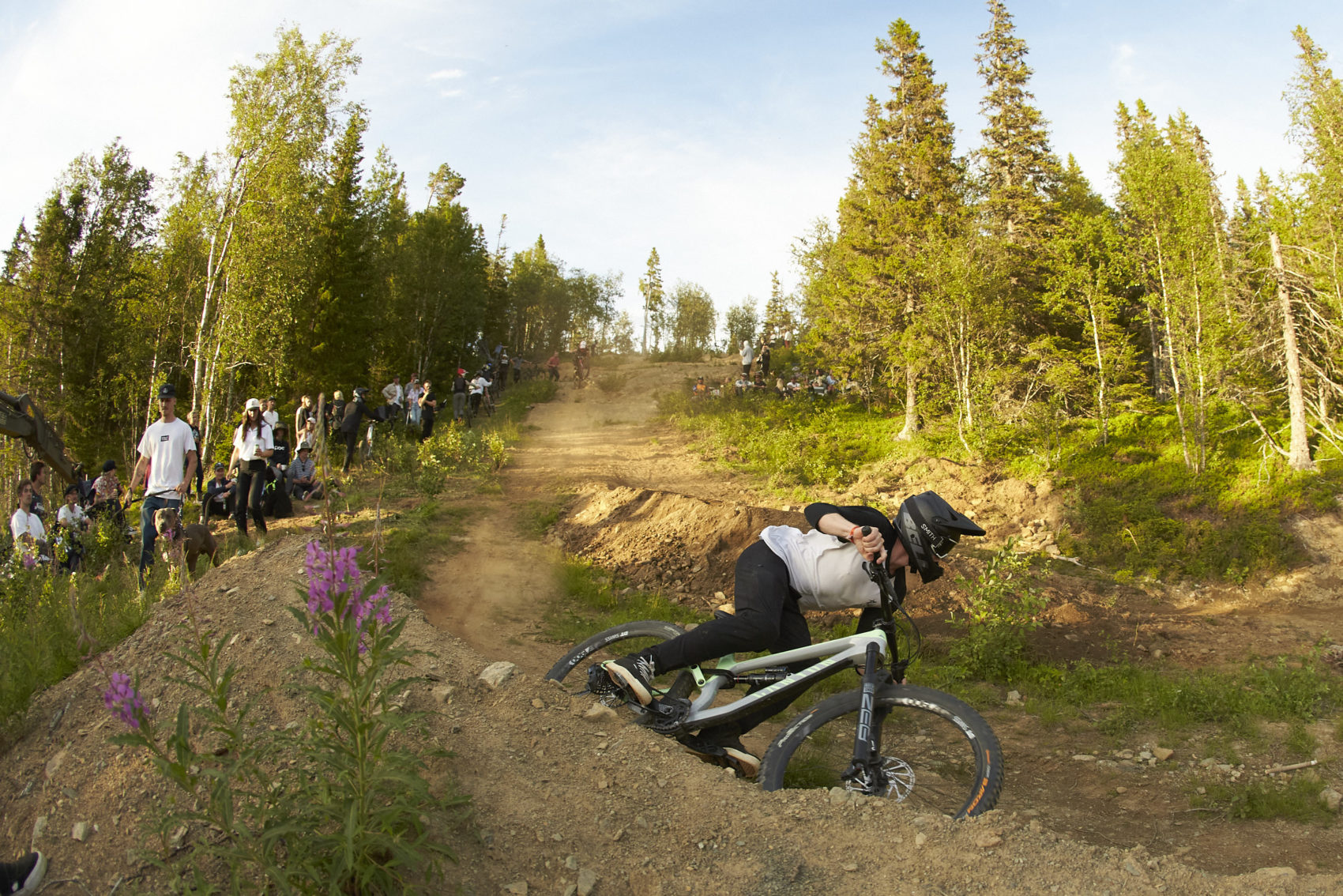
Given the quality of the riders emerging from the school, it’s almost like it’s a factory for world-class Slopestyle and freeriders. You can go to just about any set of dirt jumps or bike parks to see riders that have come from there and although maybe not a pro, ride at a level way beyond what most people outside of Sweden would aspire to. Do you think attending the school helped shape your career?
For sure, I have no idea where I would be without that as when I moved there I had a riding spot really close by and was riding with friends every single day. In school, we would put down the hours we practiced, either in the gym or riding. I think I was around 20/25 hours a week of training and riding so hopefully you get good at it when you spend that much time riding.
You mention training and gym work, do they encourage that and help at the college in order to improve your ability as a rider looking to progress to an elite level, or is the focus on the riding?
No, they try to make you as well-rounded as possible as it is technically a sports college. There was also Ice hockey XC skiing, XC MTB, DH MTB, it covered pretty much everything and so we did stuff together now and then. We would learn from each other which helped prevent injury or better utilise rehab.
The facilities are really good too so I stayed there for a year after I graduated and Emil Johansson graduated two years ago but still lives in Falun, it has such a good scene up there.
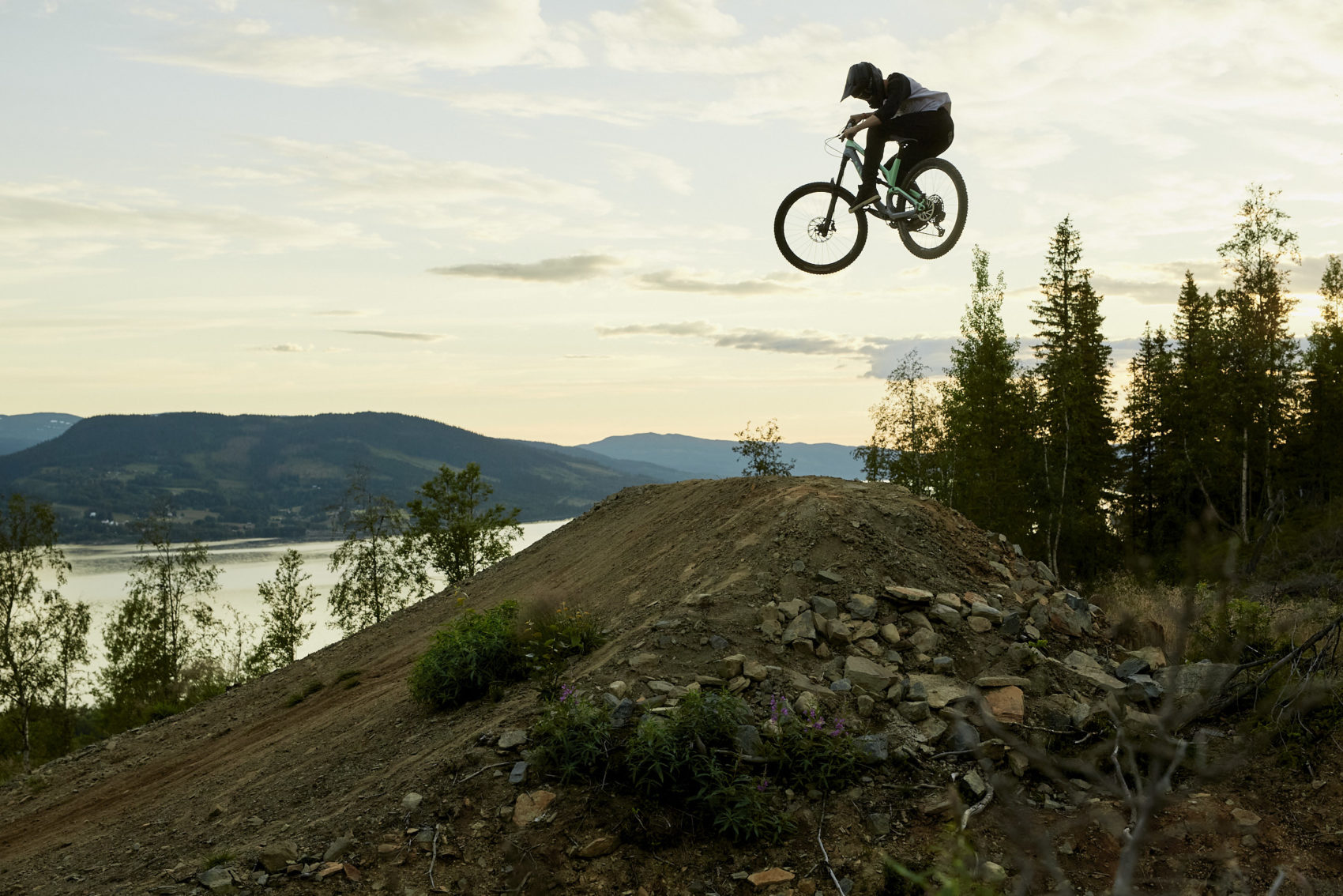
In terms of your career, you weren’t there just making up numbers. You were riding at a high level and getting podiums, you were considered one of the best in the world at the time. What made you walk away from that, it can’t have been an easy decision?
No, it was definitely a hard one and probably one of the hardest decisions I have ever had to make. It was pretty much giving up a childhood dream even though I lived it. I was competing professionally from 2012 to the end of 2017, during 2014/15/16 I had back-to-back injuries. At the end of 2016, it was a fractured neck that could have gone really badly, luckily it was just a fracture and wasn’t too bad. I had a neck brace and was off the bike but it could have been a whole lot worse! I think after that, I never really got back into the same mindset of loving it and sending it again. I guess I never fully healed from it mentally and it was riding a lot more cautious, taking fewer risks and I mean you can’t compete in Slopestyle if you aren’t willing to take risks.
The danger and risk in Slopestyle is unlike any other style of riding, injury is such a big part of the sport as every time your drop in. You have to take a risk, especially in competition where as riders you look to push the boundaries and evolve what is possible on the bike. The closest discipline would have to be DH but that is far more about calculated risk. Riders are obviously looking for the fastest line down the mountain which in itself will involve taking risks particularly in bad weather or on technical sections, but more often than not riders make it down safely as they seek to find the lines that are fast but also have a high probability of getting them to the finish line. In DH injury, mindset and recovery is talked about much more than in Slopestyle. Do you think the nature of Slopestyle means that riders are less likely to open up and talk about an injury or mental wellbeing when approaching competitions?
It’s such a gnarly sport, quite cool sport a young sport. Racers tend to have coaches and are a bit more serious where Slopestyle is much more raw, at least it was back in the day. No one would have a coach, we would just ride for fun. Whereas now it is becoming a bit more serious but still it isn’t really talked about, particularly the mental side of things. Some are maybe scared to admit that they are not quite 100%. It would be a whole load easier if people were more open, it’s ok to not be ok. Sometimes it’s just a hard thing to admit to yourself, it’s even harder to admit to someone else.
When competing, how did you deal with injuries and recovery?
I haven’t had too many gnarly injuries but I broke my right collarbone three times and my left once, yeah I was younger then. I would take time to recover, do some rehab then get back on it and try not to think about it too much. I guess the fractured neck got me a bit more mentally affected, then I was like that was close to being in a wheelchair. I got back to riding, straight into it like it was no big deal but a couple of months after. Something changed in my head, I wasn’t feeling the same about riding or pushing myself like I did and I guess that’s when I should have taken a break. I kept on trying thinking I was going to get my motivation back, so that season was just going to events and trying to do the best I could with what I had but not risk it too much. I guess I rode safe and so just did not enjoy it like I used to.
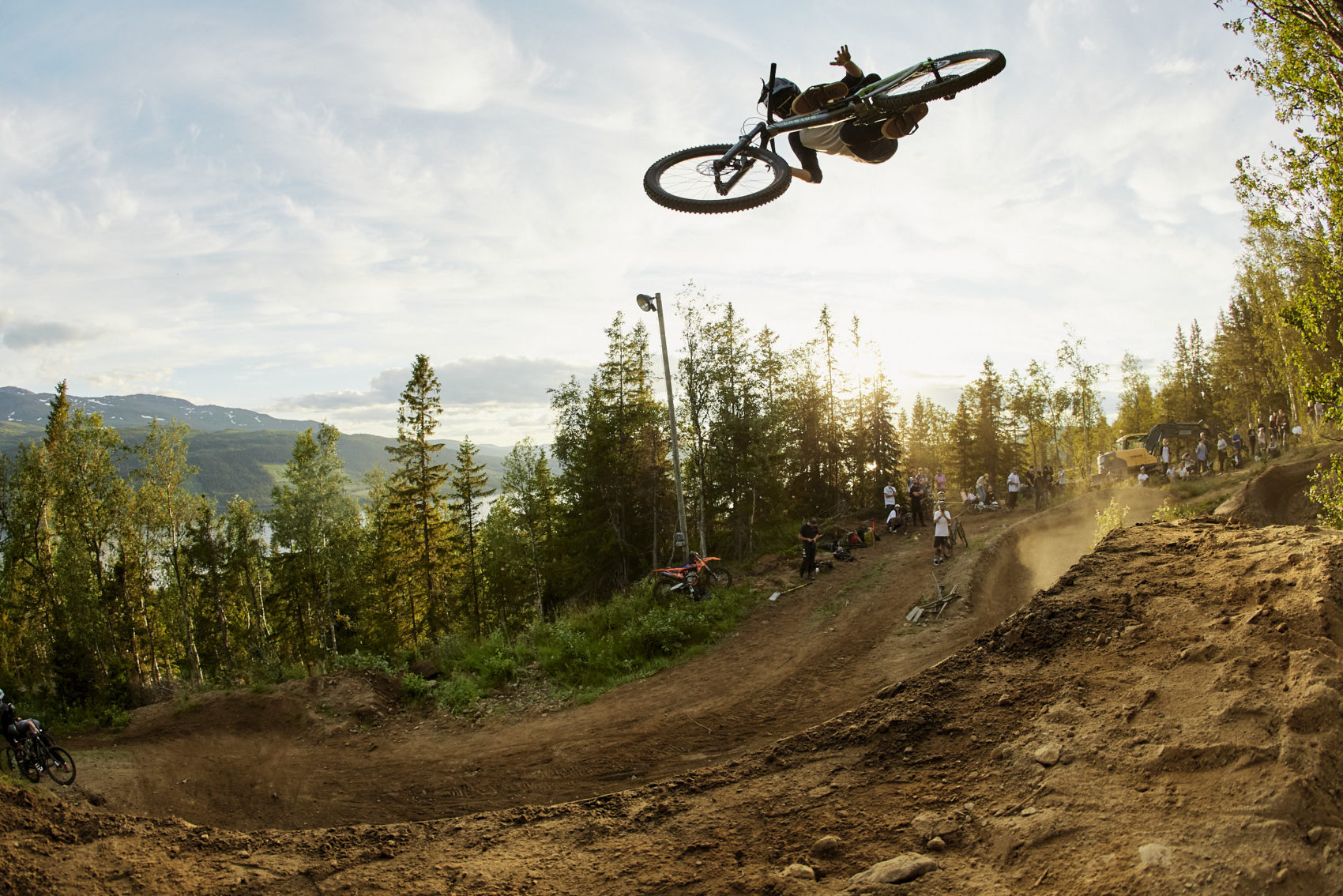
Following on from that you stepped away from competing and took quite some time away from the bike. Was this a time of reflection to do some soul searching, did you distract yourself by dabbling in other things?
Definitely, it was, when you have your whole identity in mountain biking it is really hard to just walk away from it. I was pretty lost for quite some time, I had no idea what I wanted to do or what I could do to make a living and stuff like that. I was still using the gym to just do something because I wasn’t riding at all for a few months, I then started to work at a gym and there was some training to become a personal trainer. I attended and started to work at that same gym for a while as a personal trainer for about a year and a half maybe two years. Then the pandemic hit and I was less busy in the gym so I found time to ride my bike again and I wanted to ride my bike again! I started to feel better about life in general.
Do think distance made the heart grow fonder?
Definitely! I think a passion like that when it is so big, it never really dies it’s just where you’re at mentally at that time.
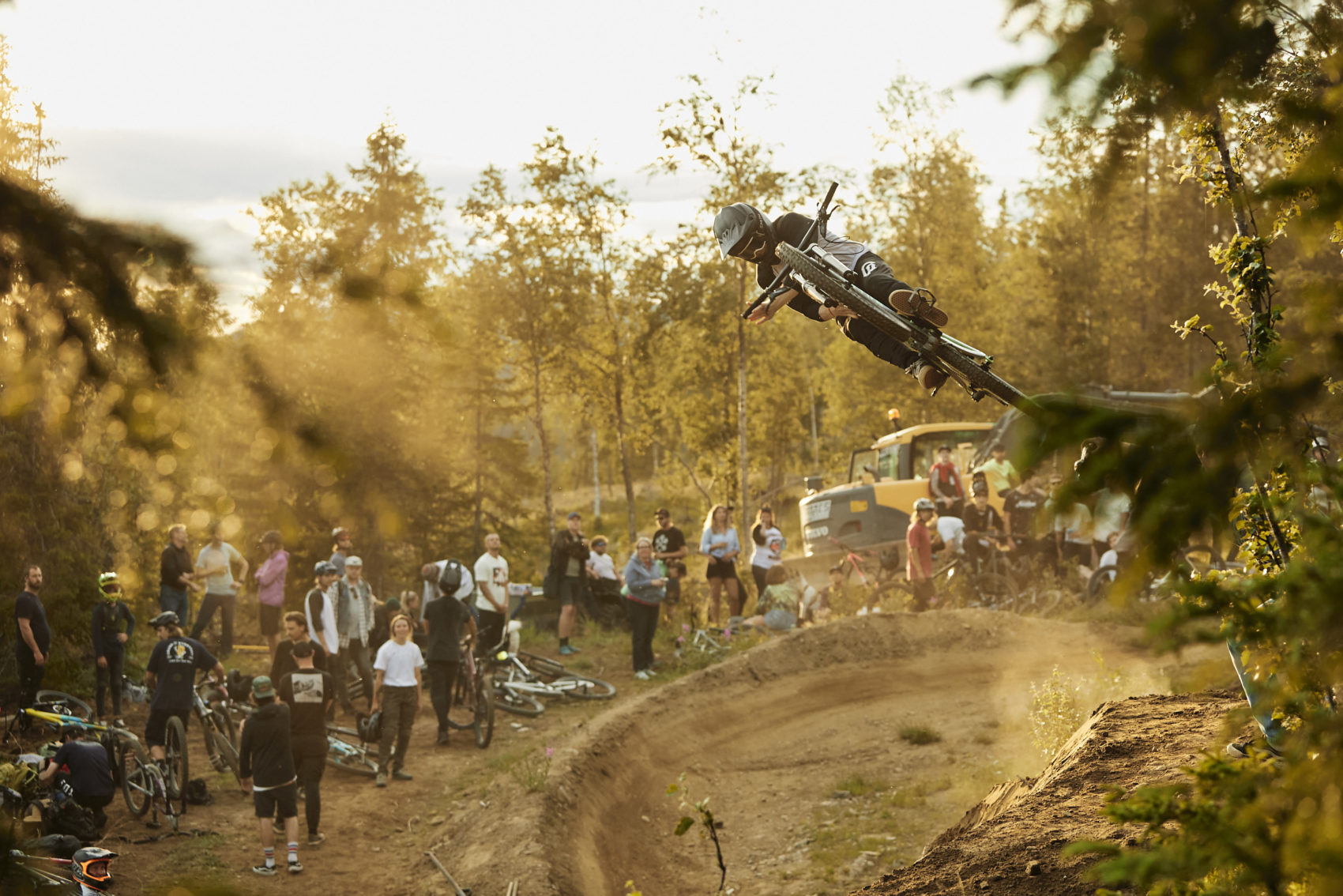
So you’re back on the bike again, a pro rider again but this time you’re running your own program riding as part of Canyon Collective. How does it feel to be riding again, still riding at the same level and style as you did before but without the competition and pressure to get results?
Yeah, it was pretty much my goal when I jumped back on the bike. I reached out to Canyon because I rode for them for 5 years and myself with Thomas Genon, we developed their dirt jump and Slopestyle bikes. I have a really good relationship with Canyon so I reached out and asked if there was a chance for me to get back into the family, see if there was a space for me as I’m not competing but really enjoying riding the bike a lot. I wanted to focus more on social media, filming, and photos. Also running my own program and just doing it for fun these days and not putting too much pressure on myself, if I’m not feeling like sending it I don’t have to. Riding more on my own terms and just doing what feels right.
I saw you recently relaunched your Youtube channel, is that a key part of your plans going forward?
Yeah I mean, whatever I can do to ride more. Youtube seems to be really popular and kids really enjoy watching riding videos there now or just seeing what people are up to. I just going to ride as much as I can and put whatever I feel is relevant out there.
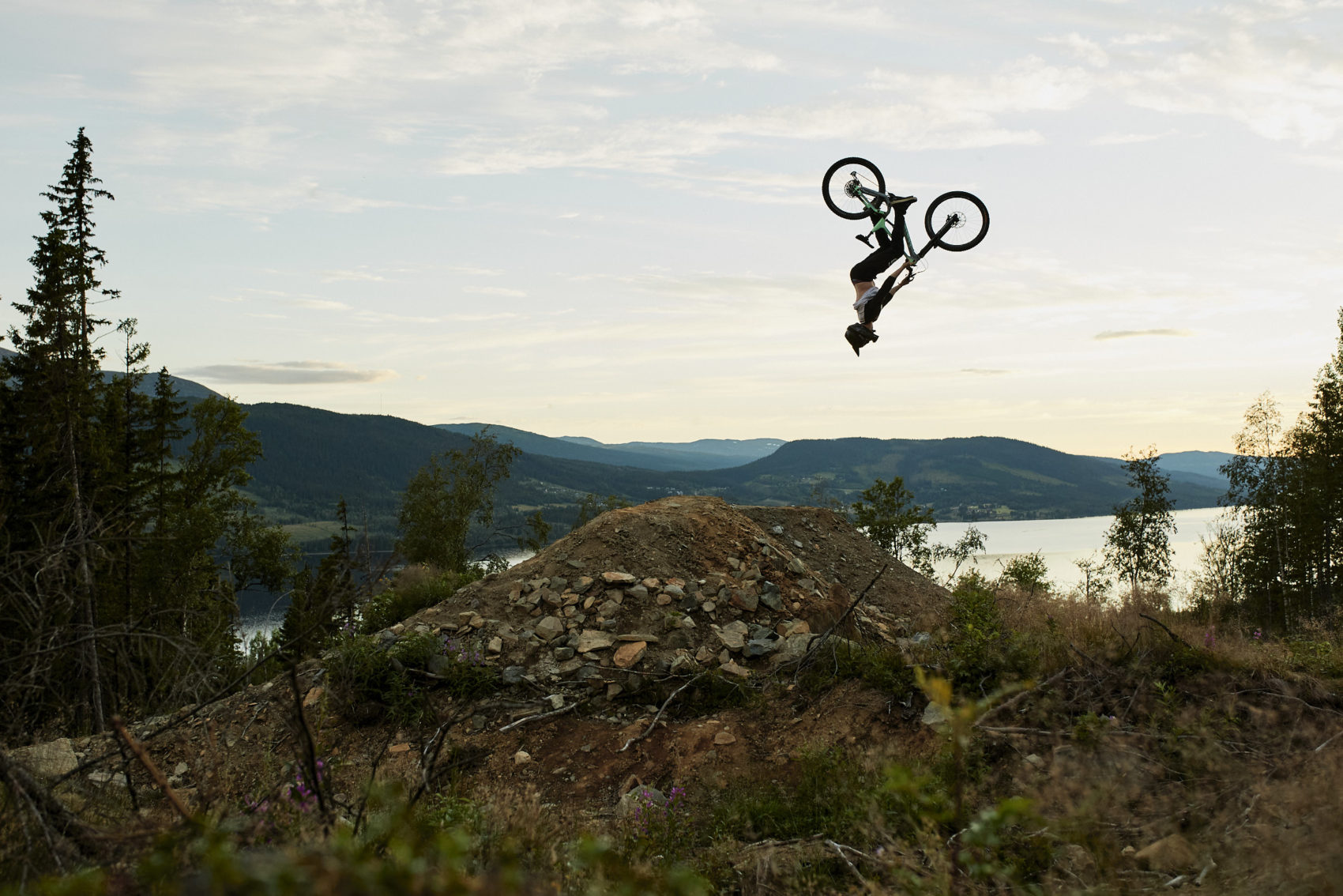
More and more riders, particularly Slopestyle and Free riders seem to be turning to platforms like Youtube and focussing more on the media side of things rather than just the competitions or races. It’s an interesting shift that does give quite a bit of insight into just how much work and riding is involved to be able to ride at the level that people like yourself do. Do you think the media side of things and the prevalence of media riders is going to keep growing with riders potentially opting to take a media route rather than be competitive riders?
I definitely think so and like when you see a Slopestyle competition lifestream, you only see their final run and not the practice or what they do in their spare time. People do so much more types of riding which you never really see as a fan, with the sport growing and like we see in skiing or snowboarding. Once riders feel done with competing or feel they want to do something else they turn to do more filming and stuff like that. Since slopestyle is quite a young sport, I guess riders will kind of follow their path. I watched skiing ever since I was a little kid and skied a lot myself, I always looked up to those guys. I guess we’re just following the trend in other sports and it’s just another way for riders to express themselves and be creative.
It was really interesting to see the output from Matt Jones doing his three world firsts earlier in the year distributed via his Youtube Channel, as MTB fans it’s now possible to really understand what it takes to ride at that level. The build-up, failed attempts and BTS that don’t make it into the final edits or a competition-winning run. As a platform to share that type of content do you think Youtube has longevity for Slopestyle riders and does it have the potential to grow or develop the sport in popularity like we’re seeing in DH right now?
I think so, like you I watched all those BTS videos from Matt Jones and seeing just how much effort goes into two or three tricks. It’s literally thousands and thousands of hours, it’s also super interesting to see all the steps that go into making something work. If we’re able to see all of Emil’s (Johansson) training that goes into a Crankworx run, people would be blown away because its not like he’s just doing those runs out of nowhere. He’s putting down the hours for sure!
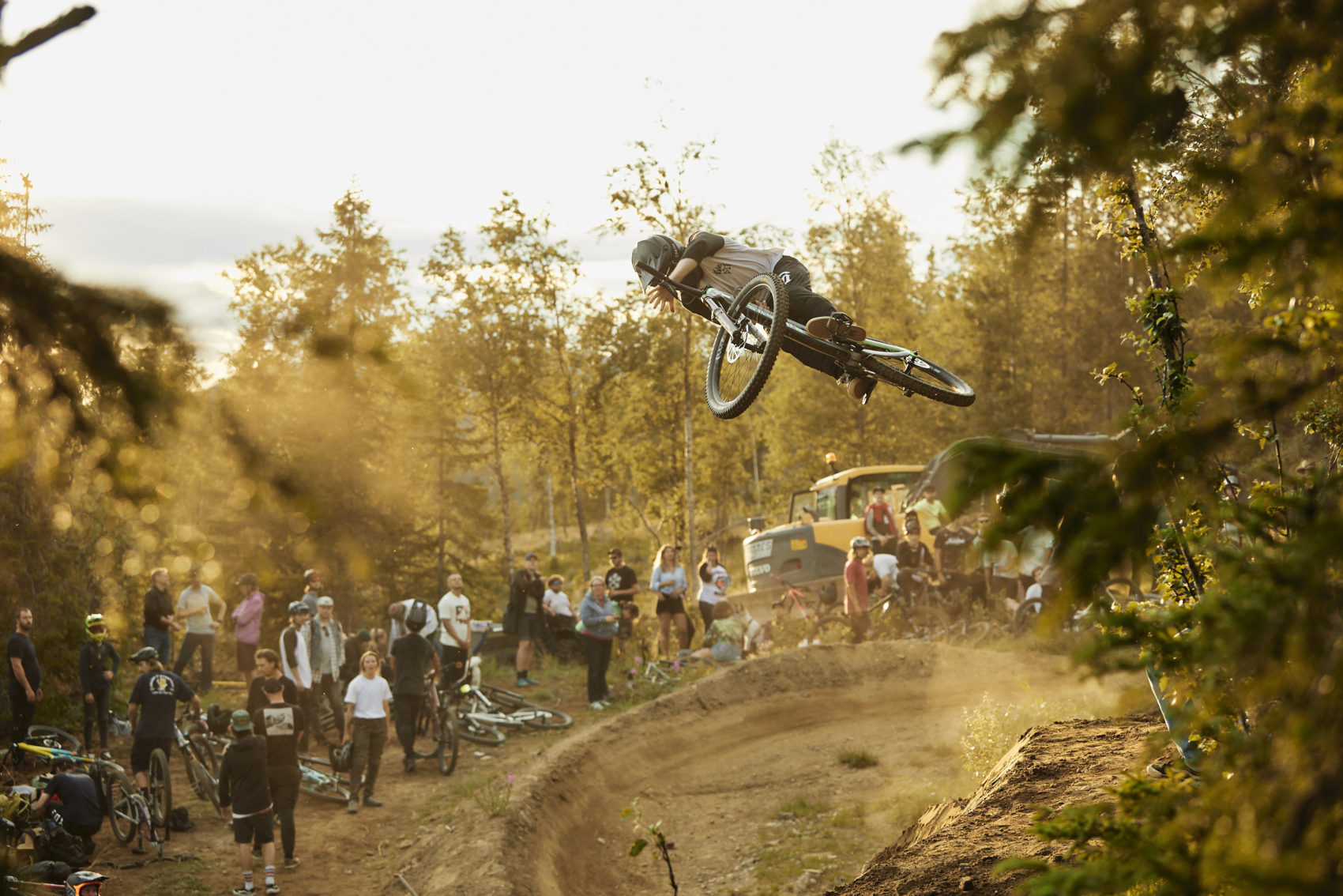
Currently, we’re still in the middle of the pandemic but the situation seems to be improving and travel seems to be returning inside of the EU as the requirement for testing is lowering, with that do you have any big plans for this year before the main riding season ends?
Yeah, I’m part of the judging panel for Crankworx so I was at Innsbruck recently along with 3 other judges but we were judging from home. I’m hoping that the next Crankworx in Whistler, I’ll be able to head out there. The plan is for me to also ride the course with the riders to get a better understanding for the viewers just how hard it actually is to trick those features. I also have the Red Bull Copenride in Copenhagen fairly soon and then some other events in Europe where I’ll be judging. Riding-wise, I’m just going to try to ride what I feel like riding and try to film it as good as possible. I’m hoping towards Fall I can line up some bigger film projects and do a proper riding video rather than a vlog.
Sweden is a hotbed of slopestyle and freeride style riders and seeing the Whip Off here in Åre we had 12-year-olds doing some of the biggest whips, who should we be looking out for in the future?
There is an amazing scene here and it’s so cool to see how good they’re getting at such a young age! With Slopestyle Emil has two riding buddies Ludvig Eriksson and Lucas Skiöld, I think people probably saw Lucas sending pretty hard at Audi Nines last year. They’re two riders who you should look out for in the future!
Mindfulness Trailer
Mindfulness is a new film featuring Anton Thelander which is due to drop in January 2022
“I’m very happy & proud to finally be able to show a little bit what myself, Jacob Nilzén & Mattis Linde have been working on this fall. Which also happens to be the first project for Tight production. Riding the new & improved @Canyon Bicycles Torque, which is also launching today. Hands down the most fun bicycle I’ve ever ridden. The future of freeride bikes. I highly recommend you check it out!” – Anton Thelander
Thanks for reading this interview with Anton Thelander. We hope you enjoyed it.
You can follow Anton Thelander here: https://instagram.com/antonthelander
Anton’s YouTube Channel: https://www.youtube.com/user/elduuudee/featured
You can learn more about Chris Lanaway here: http://www.christopherlanaway.com
Interview and photographs: Christopher Lanaway
For more articles that we think you will love from us at One Track Mind Cycling Magazine, our contributors and our partners:



